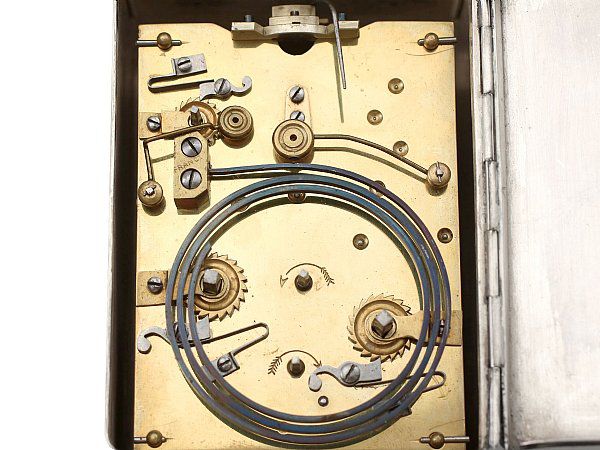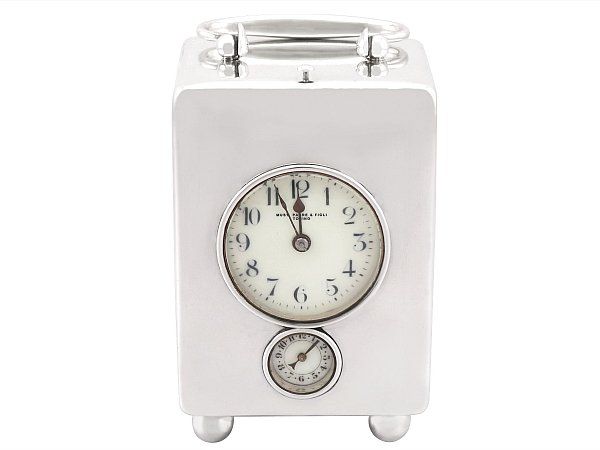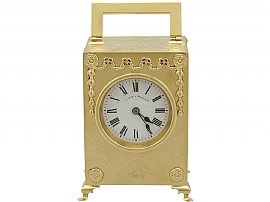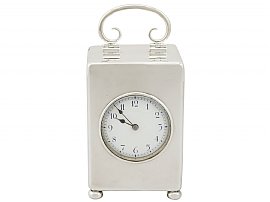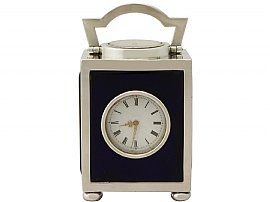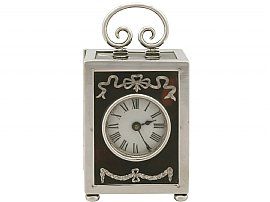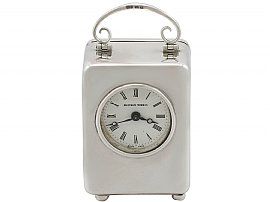What Is a Repeater Clock?
Horology, the art of making clocks and watches, often leads to the advent of inventive new ways to tell time. One such way that is through repeater clocks. These are clocks which feature a unique complication. Complications, in this context, are additional functions of a timepiece beyond the foundations of displaying hours, minutes, and seconds.
The complication unique to repeater clocks is the ability to audibly chime the hours, and sometimes minutes, at the push of a button. There are many nuances to the repeater clock, with the most basic repeater chiming only the hours, while more complex repeaters also chime minutes, using different notes and tones to mark the hours, quarter hours, and individual minutes.
In a time before artificially illuminated clockfaces, the repeater clock was invented as a way to tell the time whilst in the dark. Repeater clocks also posed a unique benefit to the visually impaired, allowing them to know the time without the assistance of another person.
The History of the Repeater Clock
The repeater clock was invented by the Reverend Edward Barlow, an English cleric, in 1676. Barlow’s design was easily replicated, and swiftly became the standard mechanism in repeater clocks. Today, this same design is used for both repeater clocks and watches. The highest-quality repeater clocks were expensive to build, requiring intricate mechanics that made them something of a luxury. By the mind 19th century, gas lighting and cheaper import clocks and watches made the repeater clock too expensive to justify, and they largely fell out of fashion.
Repeater watches, being much harder to create than repeater clocks and therefore very expensive, were essentially a luxury emblem of status, and thus they survived the advent of widespread lighting. Some repeater watches are still made today.
Antique Silver Repeater Clock
Something of a rarity can be found in our own repeater clock. It was very rare for repeater clocks to be crafted in silver, since the cost of the item would have been so high. This carriage clock would have been created for travel, being relatively compact. The function of the repeater complication would have made it easy for the weary traveller to tell the time even after night had fallen.
A key difference to note is between repeater clocks and striking clocks. A striking clock will chime out at the turn of every hour, and sometimes every half hour depending on the number of complications in the clock. Meanwhile, the repeater clock only chimes when it is manually pressed, making it somewhat more convenient for the traveller for whom a carriage clock is required.
Today, repeater clocks are generally viewed as collector’s items. Their inner workings are complex and unique, and often their exterior designs have an intricacy that is very visually appealing. This antique Italian repeater clock, being crafted in silver and retaining all of its original pieces, is a delightful example of its type, as well as an exceptionally rare one.
